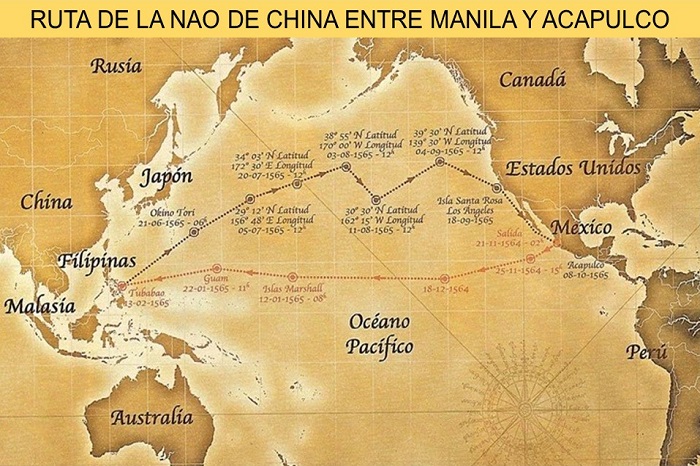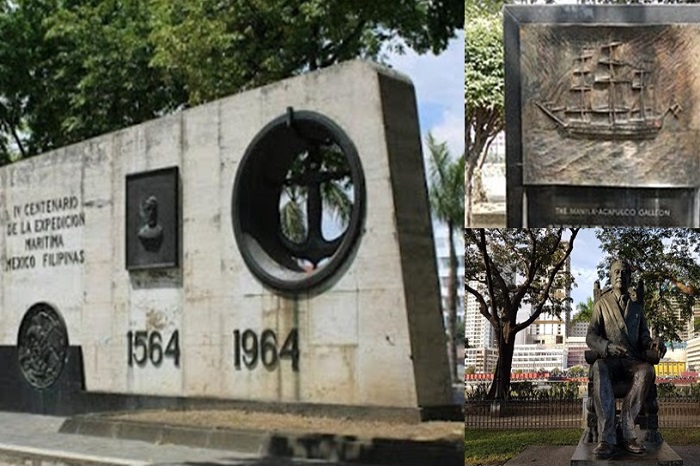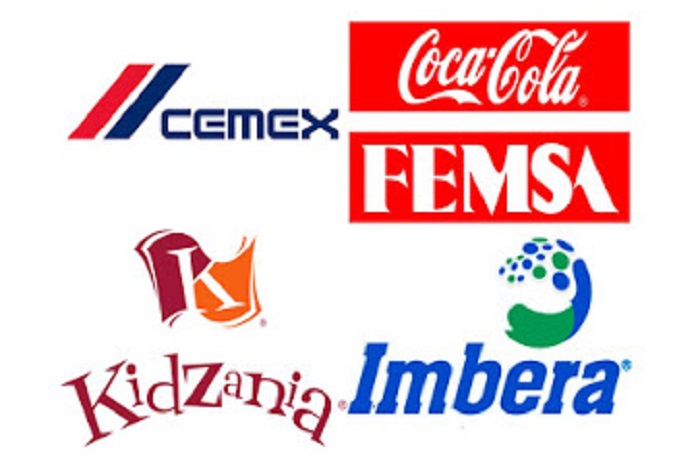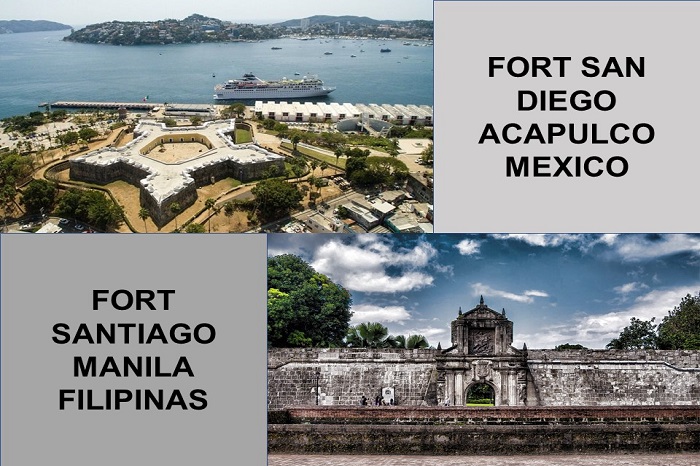For foreigners doing business in another country, their foremost concern is cultural adjustment. This, however, is not a problem when it comes to the Philippines for Mexican investors. The country that prides itself as Asia’s friendliest is culturally and temperamentally more attuned to the Hispanic culture because of its Spanish colonial heritage. Mexicans immediately feel at ease among Filipinos because of similarities in disposition and demeanor.
It is very easy to forget that although the Philippines and Mexico established formal bilateral relations only in 1953, the Philippine and Mexican cultures first encountered each other nearly 450 years ago. In 1565, Manuel Lopez de Legazpi embarked from Barra de Navidad, Jalisco with indigenous Mexican Tlaxcalan soldiers to colonize the Philippines.

For the next 250 years (1565-1815), the Philippines was governed by the Spaniards through the Viceroyalty of New Spain. The forerunner of today’s inter-oceanic trade was established between the ports of Manila and Acapulco via the so-called La Nao de China (known as the Manila-Acapulco galleon trade in the Philippines). The galleons from Manila brought the riches of Asia to Mexico. In return, the galleons from Acapulco brought not only silver and gold from the New World, but also left a lasting imprint in the language, culture, religion, flora and fauna in the Philippines.
Today, 200 years after the last galleons have sailed between Manila and Acapulco, the Philippines and Mexico are starting to revitalize bilateral trade. Owing to its strategic geographical location, the Philippines has now reinvented itself as the gateway of Mexican investment to the Asia Pacific region. As much as two-thirds of total Mexican investments in the Asia Pacific region is located in the Philippines. Mexican companies which have invested in the Philippines include Coca Cola FEMSA and Cemento Mexicano (CEMEX). Other Mexican companies that are considering to enter the Philippine market include Imbera and Kidzania.

Mexican companies who wish to expand to the Asia Pacific region can find in the Philippines unique opportunities. For one, the Philippines is an ideal investment destination due to its strategic location as the gateway to Southeast Asia. Within its proximity are countries like China, India, Vietnam, South Korea, Thailand and Indonesia, which makes it a strategic logistics hub for those emerging markets. When the Association of Southeast Asian Nations (ASEAN) Common market takes effect in 2015, Mexican companies would be able to access a huge market place comprised of 600 million people through the Philippines.
The Philippines also offers a huge pool of highly-educated and English speaking workforce that are culturally adaptable and world-class service providers. This makes the country an attractive location for manufacturing, electronics, outsourcing and offshoring industries. Despite being highly-skilled, the country’s workforce remains cost efficient in terms of wages. This demographic and skill advantage has allowed the Philippines to outperform in the business process outsourcing (BPO) industry, an industry that has grown 46% annually since 2006. Metro Manila has taken the second spot in the Top 100 Outsourcing Destinations for 2014 recently released by the investment advisory firm Tholons.

Likewise, the Philippine boasts of one of the fastest growing economies in the world today. In 2013, the Philippine economy grew 7.2%, the second fastest in the Asia Pacific region after China. This despite the twin disasters of the earthquake in Bohol and Typhoon Haiyan in Central Philippines. The Philippines has seen an uninterrupted growth for 34 straight quarters for the past nine years, with the last two at record-breaking pace. The past two years (6.8% in 2012 and 7.2% in 2013) have seen historic growth in the country.
Future prognostications are even brighter. The US$416 billion Philippine economy, which is currently the 40th biggest in the world, is predicted by Goldman Sachs to become the 14th biggest economy in the world in 2050. The Hong Kong Shanghai Banking Corporation (HSBC) likewise estimates that the Philippines will become the 16th largest economy in the world, 5th largest economy in Asia, and the largest economy in the Southeast Asian region by 2050.

Hence, Mexican companies looking to expand in the Asia Pacific region need not look far. The Philippines has always been there for Mexico through the centuries, links that have enriched both countries economically and culturally. The Philippines outstanding performance in the last few years brings back memories of the glorious past of the Galleon Trade and offers new opportunities to those who seek fortune from the East.